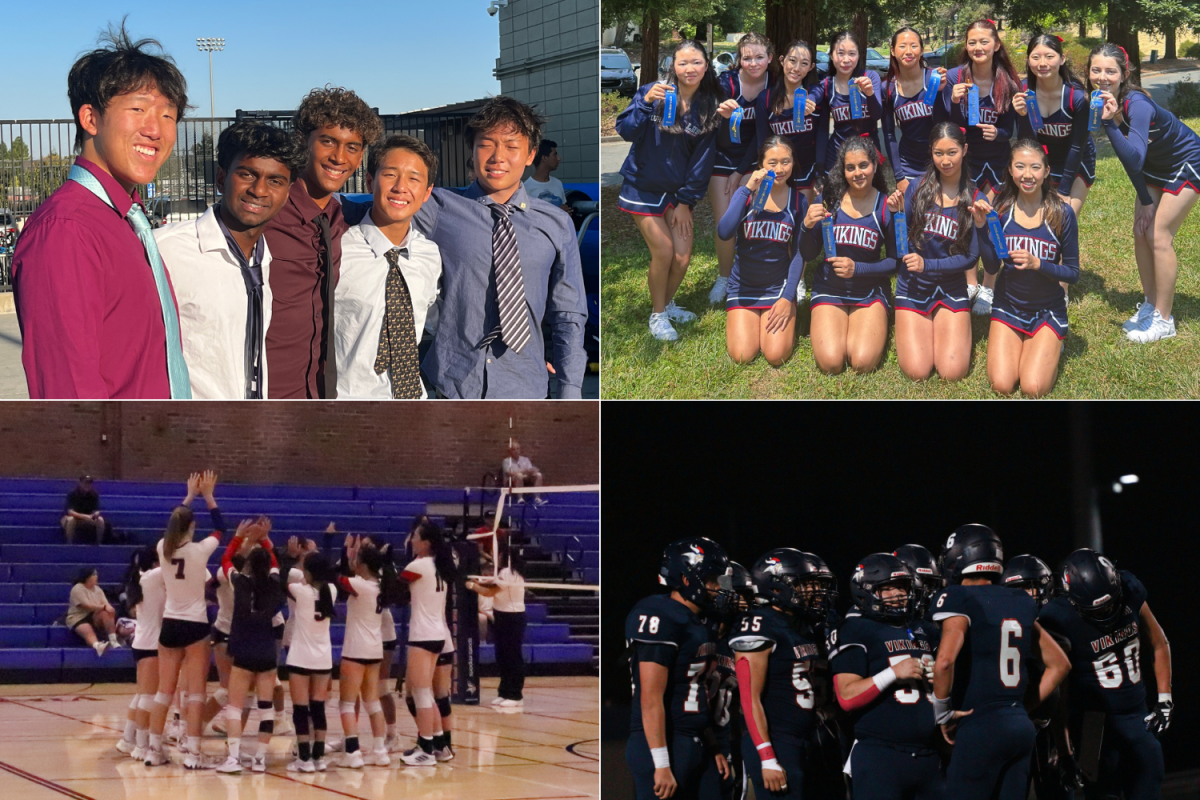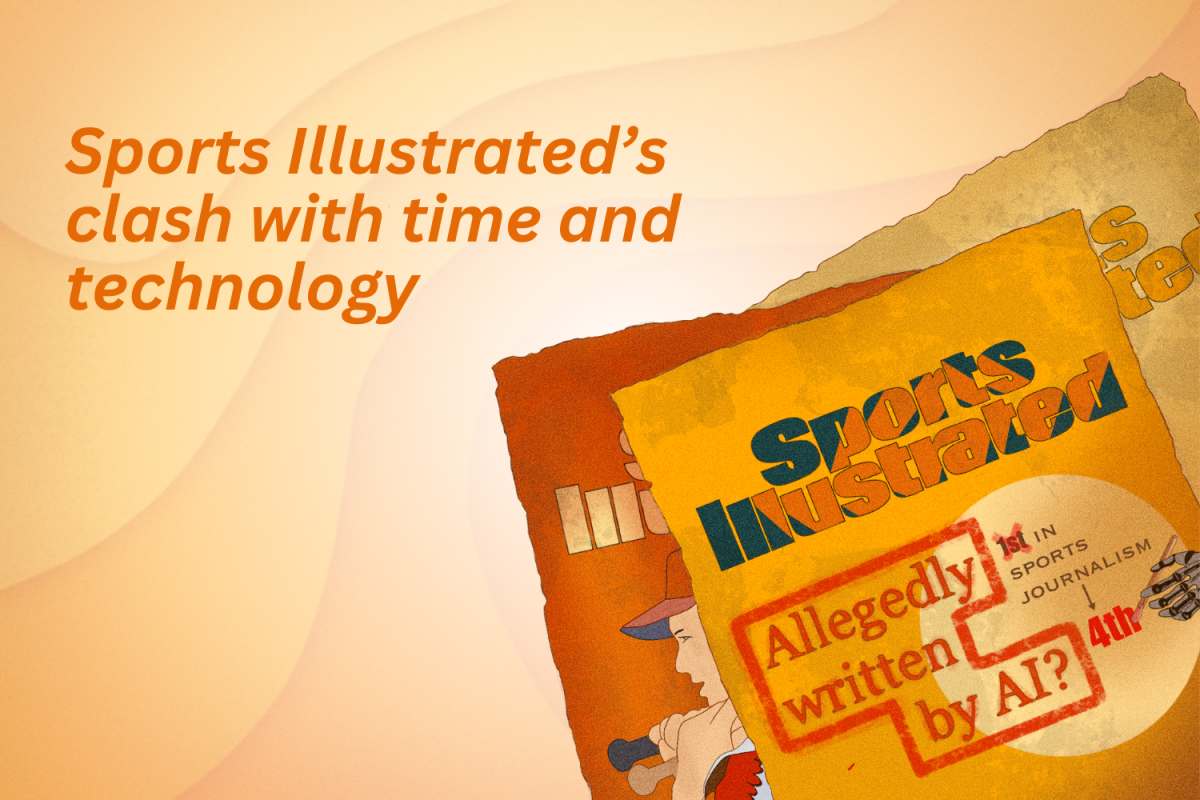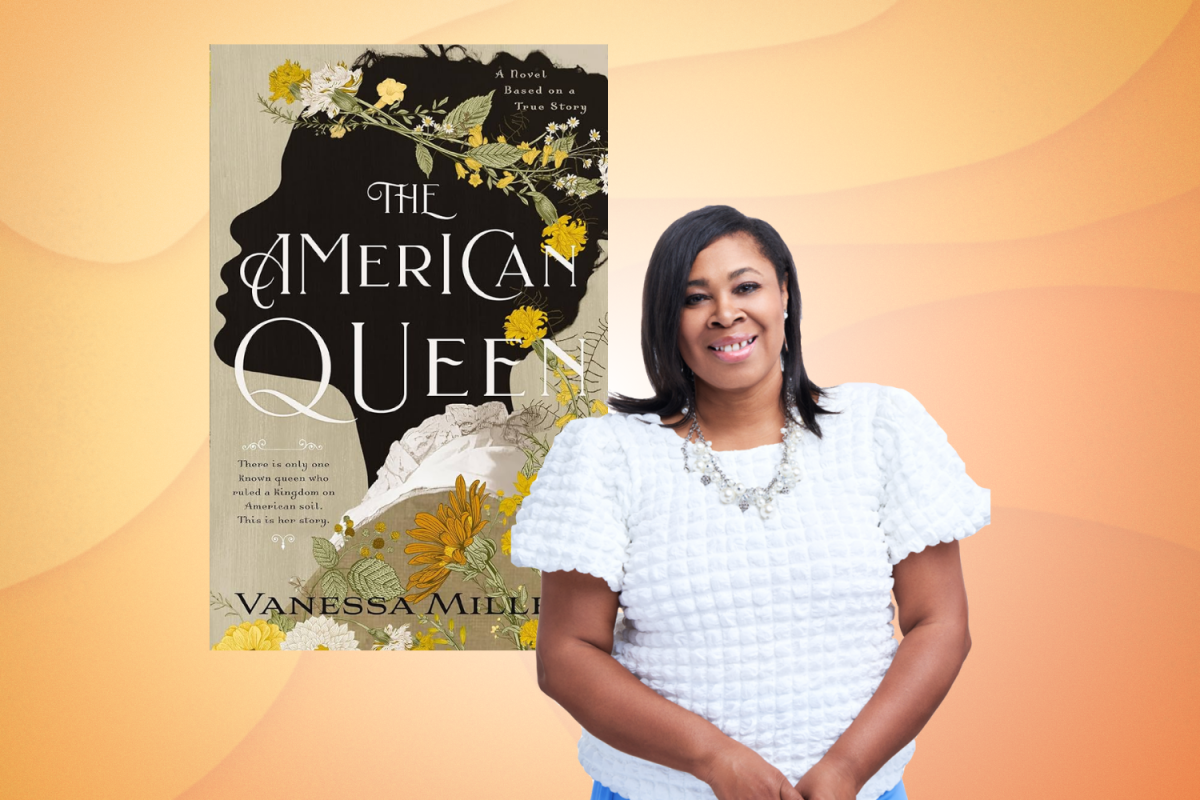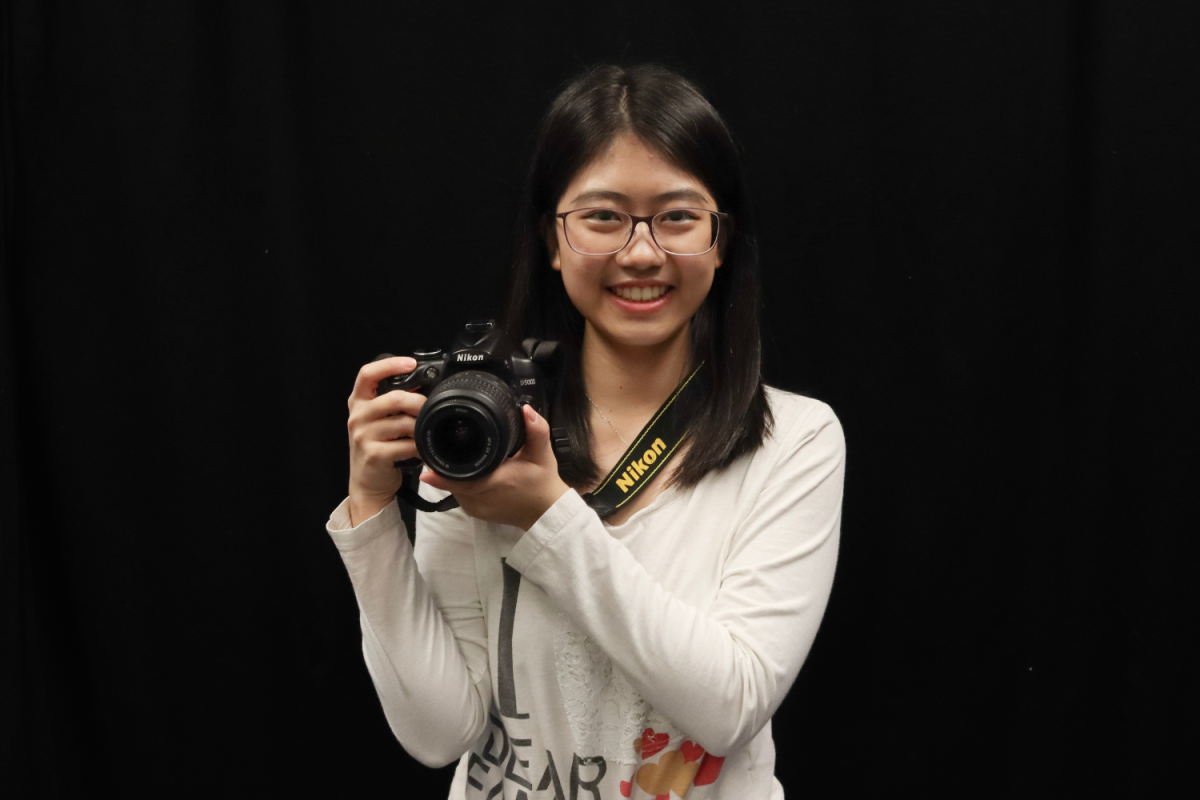A skateboarder effortlessly glides across a concrete canvas; a rhythmic gymnast twirls her ribbon with precision and grace; a diver breaks the surface after a sequence of carefully crafted twists and turns. These fleeting moments all portray the convergence of sports and arts, blending competition and performance. This convergence challenges the notion of what it means to be an athlete or an artist. Rather than adhering to rigid tradition, we should accept that the definitions of these terms are ever-changing, as encouraging these changes can lead to improvements and progress within both realms.
Historically, society has compartmentalized these terms, viewing sports as arenas for physical competition and art as a path for creative expression. However, as time leads to the evolution of both practices, the relationship between sports and arts has become greatly intertwined — each influencing and enriching the other.
Although there may not be a single definition of the terms “sport” and “art,” most people generally agree on similar definitions. Sports encompass physical activities or games involving skill, physical exertion and competition, played in organized games or competitions with specific goals and rules. The term “performing arts” is often defined to encompass a wide range of disciplines involving live or recorded performances and rely more heavily on live performers, distinct from static visual arts like paintings or sculptures.
There is a common perception that sports are more objective whereas performing arts are considered more subjective. This perception arises from the belief that sports typically have clear rules, quantifiable measures of success and defined winners; thus, outcomes of matches are seemingly more objective. On the other hand, performing arts are often viewed as more subjective because they involve interpretation — personal expression and aesthetics — which can vary greatly among individuals.
While this perception holds some truth, it overlooks the nuances present in both sports and performing arts. In reality, both hold elements of both objectivity and subjectivity.
“A figure skater’s element’s score is objective — whether you rotated and landed the jump — but components are scored on how much you’ve convinced the judges of what you were trying to convey, which makes judging the sport also subjective,” senior and figure skater Natalie Yang said.
In sports, while there are indeed rules and regulations governing gameplay, there is also room for individual interpretation, namely in sports like gymnastics, synchronized swimming and figure skating, in which scoring systems are inherently subjective. Judges of these sports must assess factors such as technique, artistry and presentation, which can be influenced by personal preferences.
Conversely, performing arts, while often perceived as subjective, still adhere to certain objective criteria and standards. For example, in dance, many competitions develop a scoring system on technique, such as posture, alignment and execution of steps, which can all be objectively evaluated. Furthermore, like sports competitors, performing artists train rigorously to compete with other teams or solo performers.
“Athleticism and artistry work really well together — a blend of both creates impressive yet moving pieces of choreography that can convey emotions and inspire the audience,” freshman and competitive dancer Jocelyn Chen said.
Moreover, controversies surrounding judging decisions in sports competitions underscore the inherent subjectivity that can exist, blurring the line between objective and subjective interpretation. An example of such controversy is the case during the World Athletics Championships, as reported by National Public Radio in 2011. In this instance, Cuban hurdler Dayron Robles lost his gold medal for allegedly interfering with another hurdler and Jamaican runner Usain Bolt was disqualified for a false start, raising questions about the fairness in judging. This incident prompted scrutiny of the rules and regulations governing the competition, as well as the decisions made by officials tasked with enforcing them and addressing complaints.
In a similar sense, gymnast Simone Biles’ performances have often been subject to controversial judging decisions. Despite executing technically advanced moves with precision, pushing the boundaries of the sport, Biles has sometimes received lower scores than anticipated, leading her and many others to believe that the International Gymnastics Federation and judges were intentionally underscoring elements of her performance compared to other gymnasts.
Such incidents highlight the challenges inherent in maintaining objectivity in sports competitions — particularly in events where subjective judgments play a significant role. Whether it’s a call in a track and field event or contentious scoring in cheer or gymnastics, controversies surrounding judging decisions can affect the outcomes of competitions and the reputations of athletes heavily.
“At regionals, our team hit all our stunts; however, we placed fourth even though other teams, who placed higher, dropped their stunts and messed up a bit,” junior and cheerleader Ishani Upadhyaya said.
Although society has historically drawn a line between sports and arts — in which sports were primarily viewed as platforms for physical competition and athleticism and arts were considered paths for creative expression and cultural enrichment — there has been a noticeable shift in societal attitudes toward recognizing the overlap between sports and arts. Bridging barriers between sports and arts promotes greater inclusivity and diversity, allowing individuals to explore their full range of interests. We should acknowledge the convergence of sports and performing arts and embrace this convergence.
The convergence of sports and performing arts is deeply influenced by cultural factors. In some cultures — like American football in the United States and soccer in Brazil — sports may be revered as a symbol of national pride and identity. Conversely, in other cultures — like classical dance forms in India and Irish dance in Ireland — performing arts may hold greater significance, serving as a means of cultural expression, storytelling and preservation of heritage. These cultural attitudes shape how sports and performing arts are valued, supported and integrated into everyday life, influencing the level of recognition individuals receive from society by doing these activities.
Events such as Red Bull’s “Art of Motion” parkour competitions or the X Games’ inclusion of disciplines like freestyle skiing and snowboarding showcase how athleticism and artistry intersect in dynamic ways. As events like these continue to evolve, we can anticipate a greater convergence of athleticism and artistry.
The evolving relationship between sports and performing arts challenges conventional definitions. Looking ahead, the relationship between sports and performing arts will continue to intertwine. One emerging trend is the rise of hybrid sports-entertainment that blurs the line between athletic competition and artistic performance.


































































